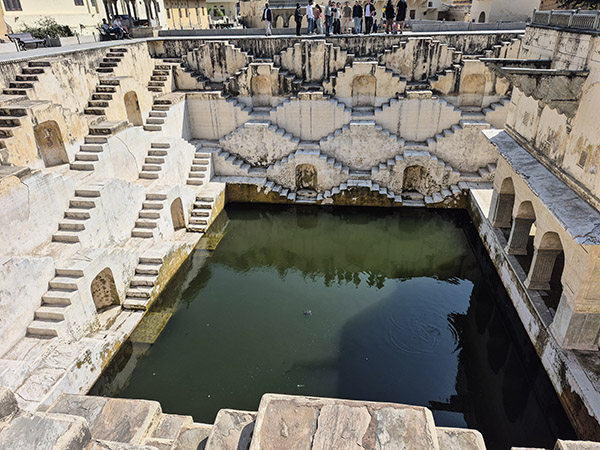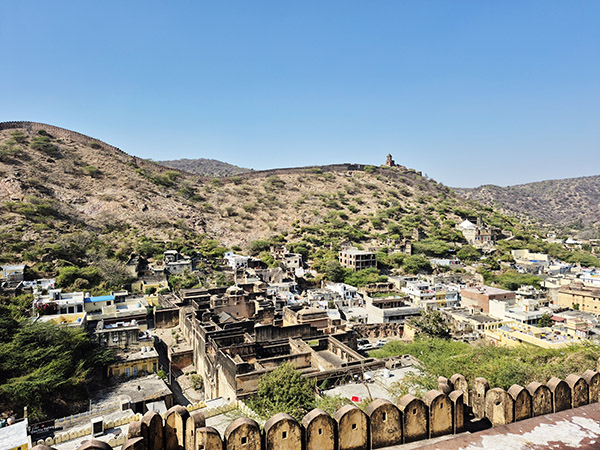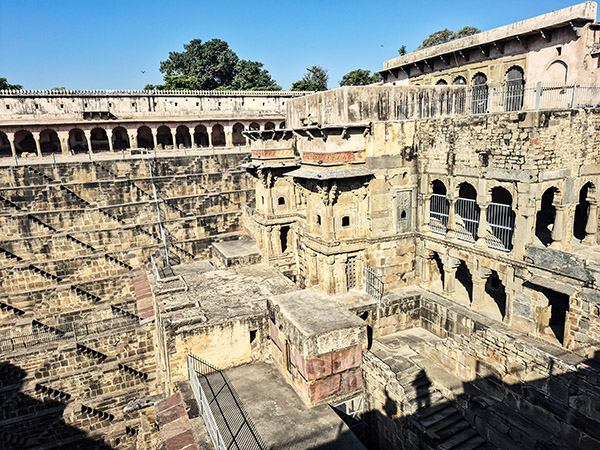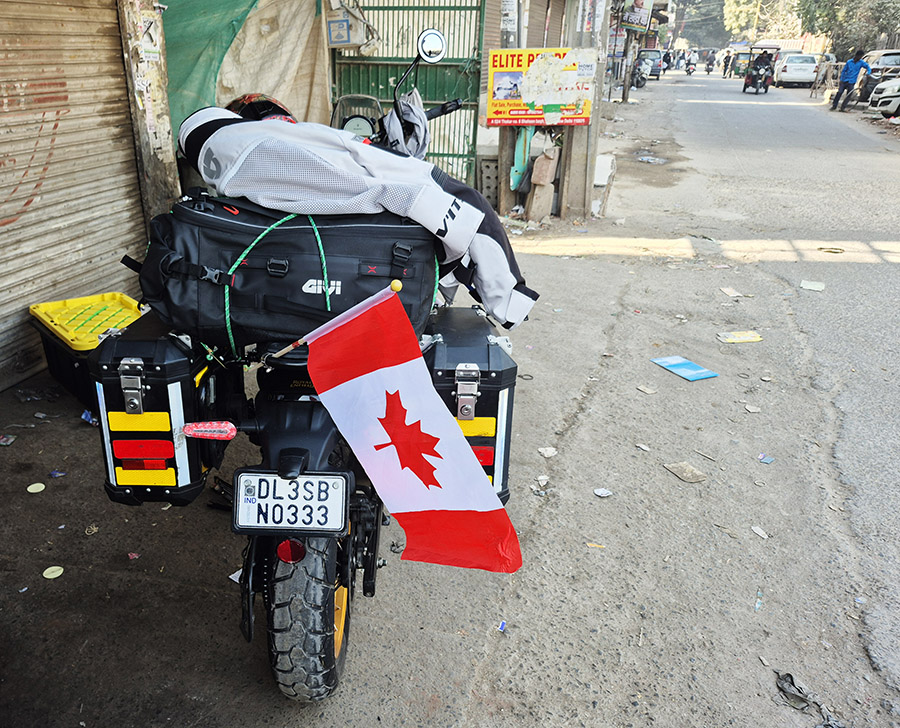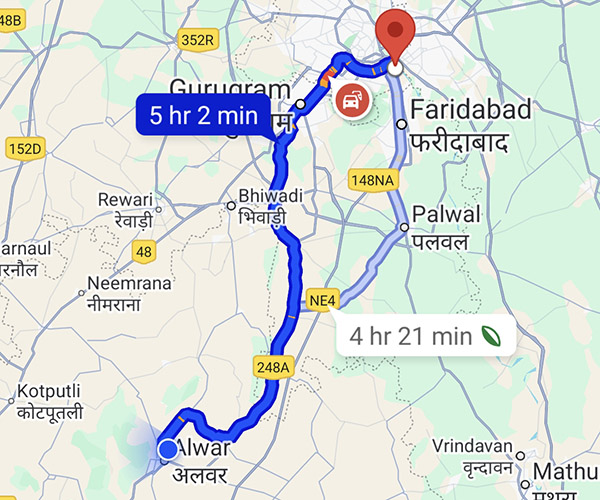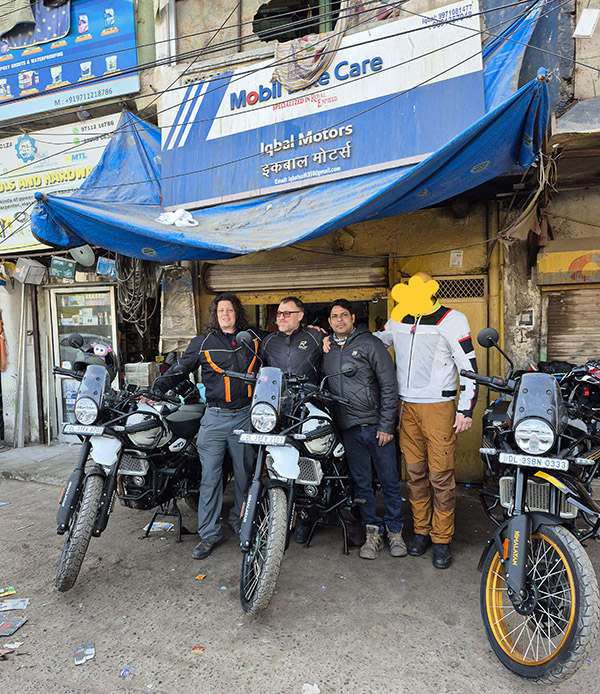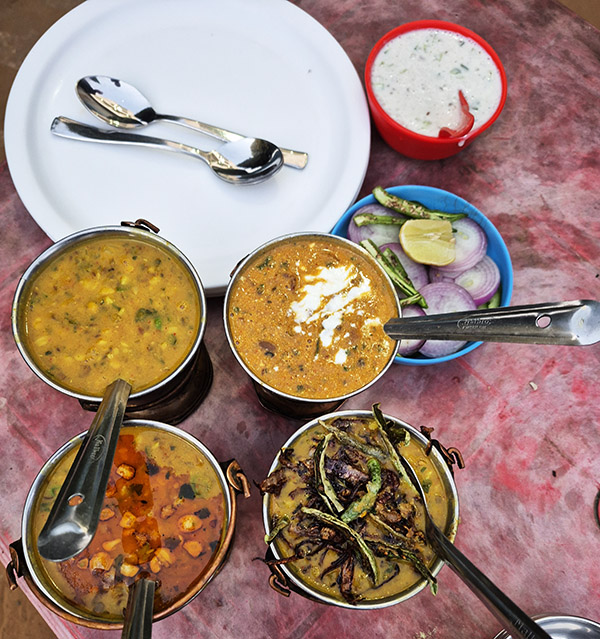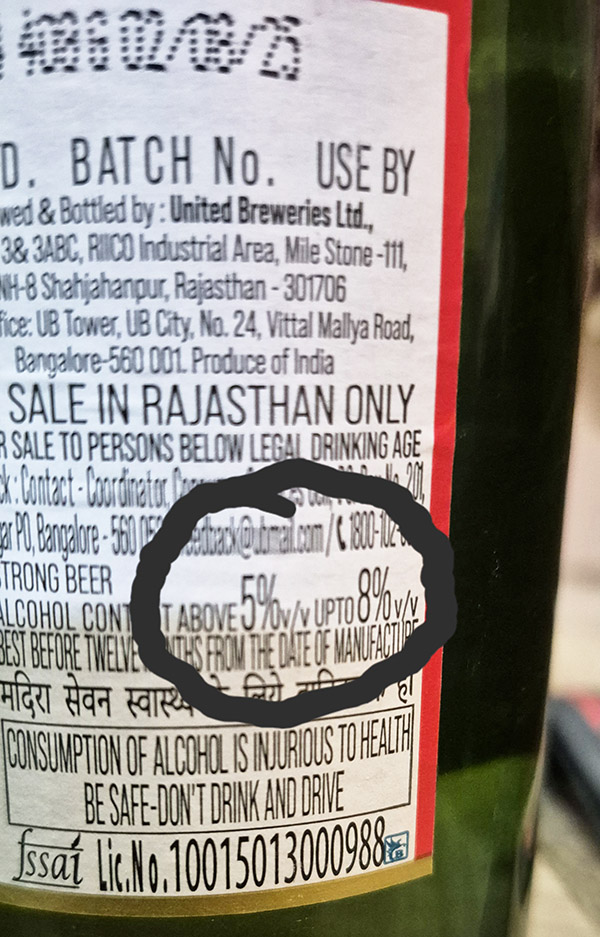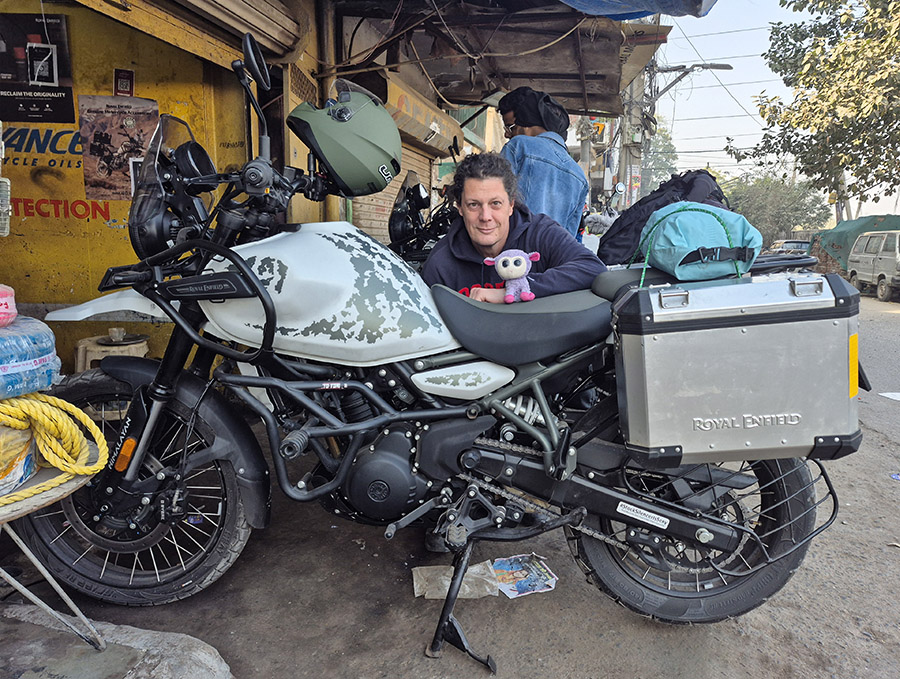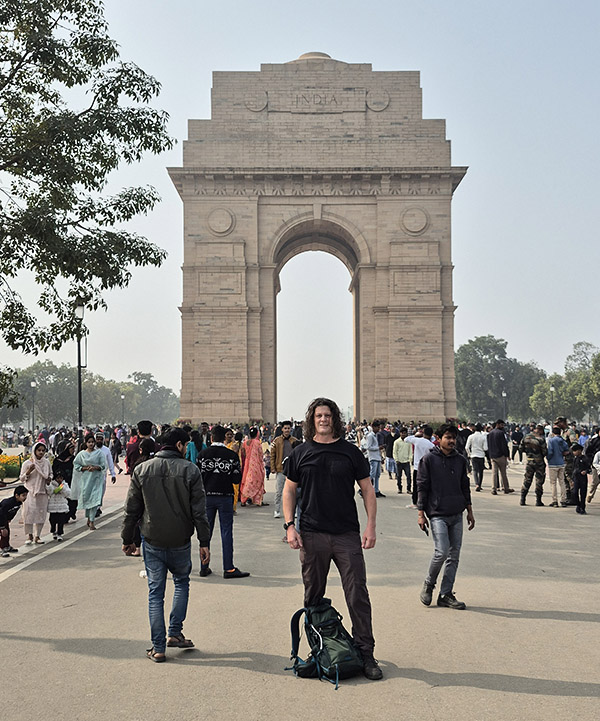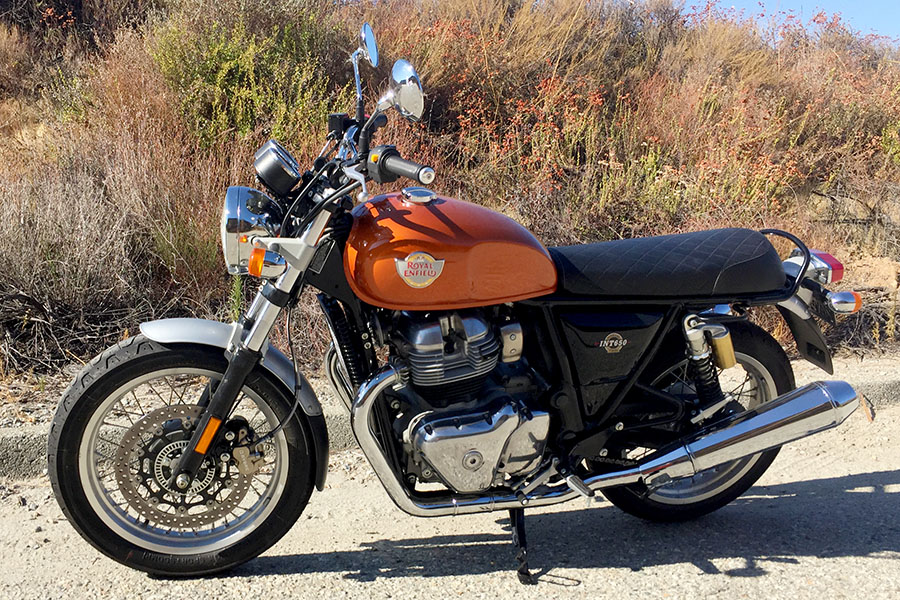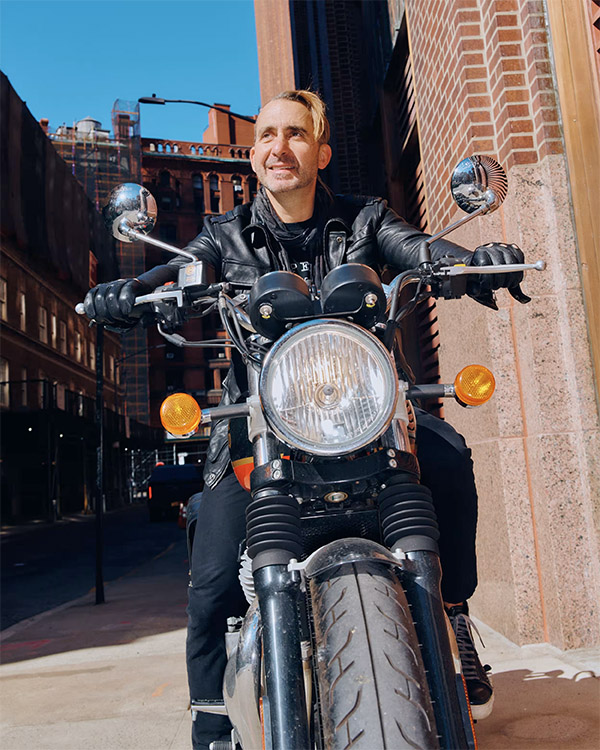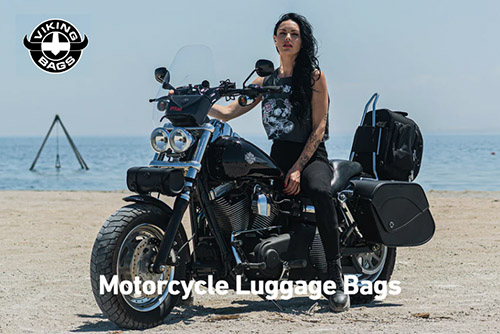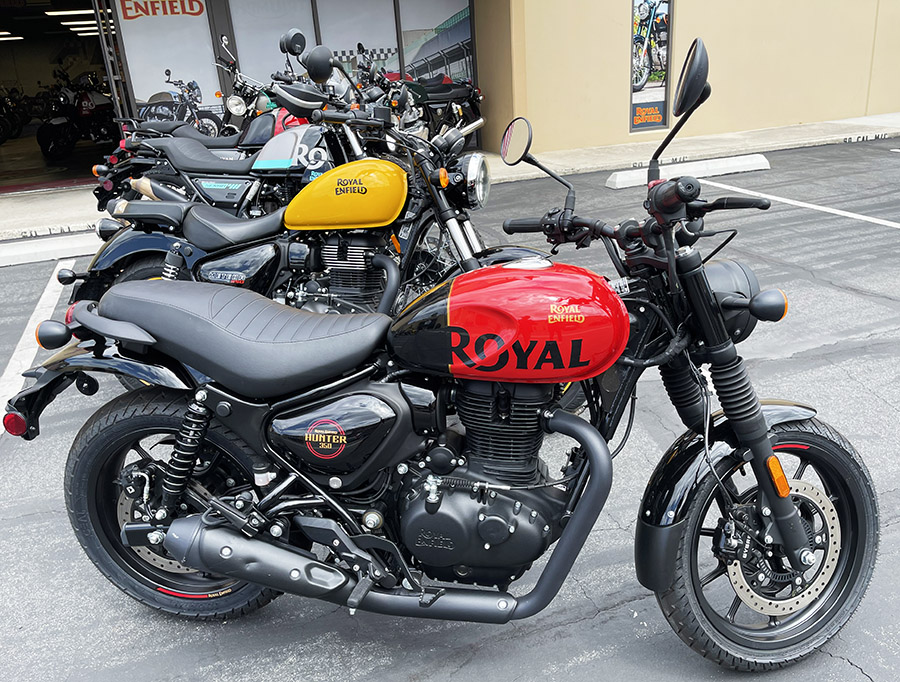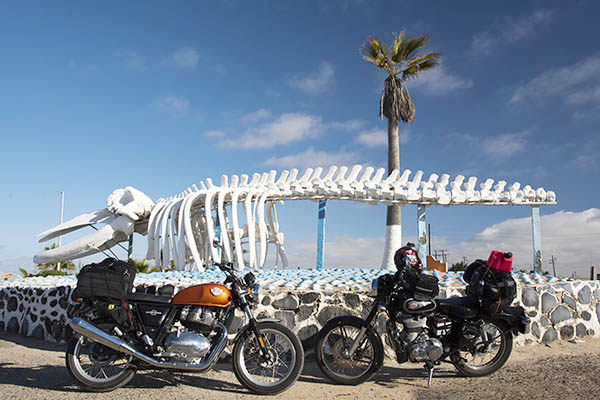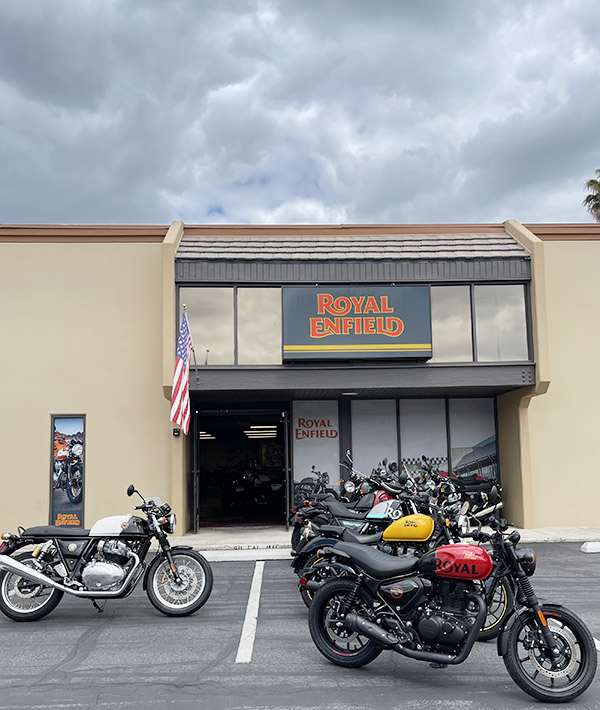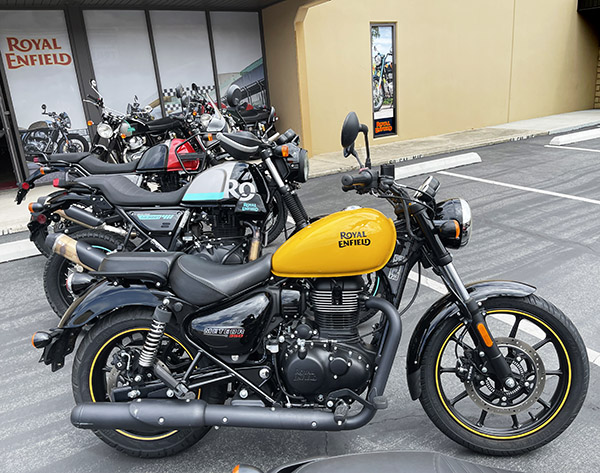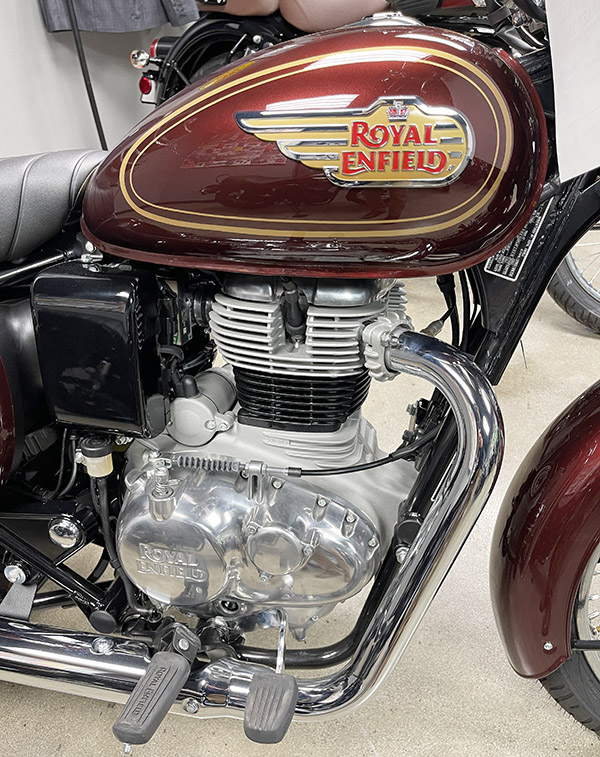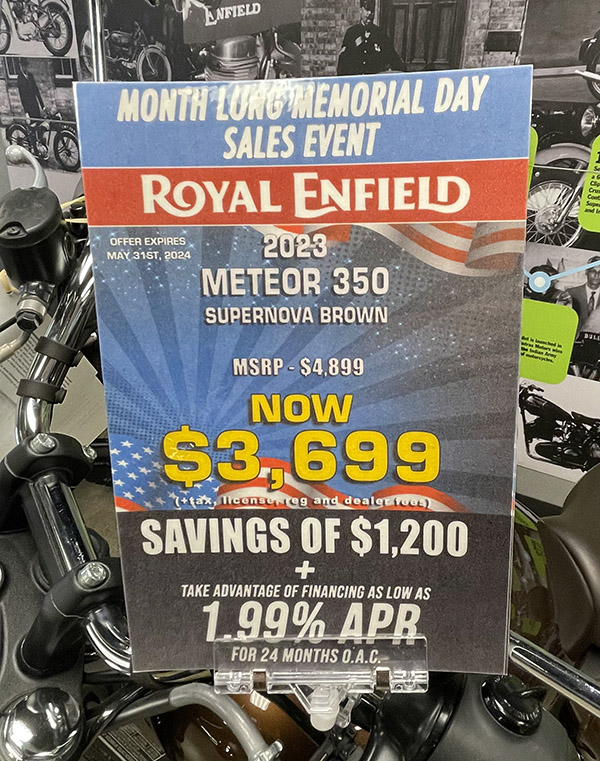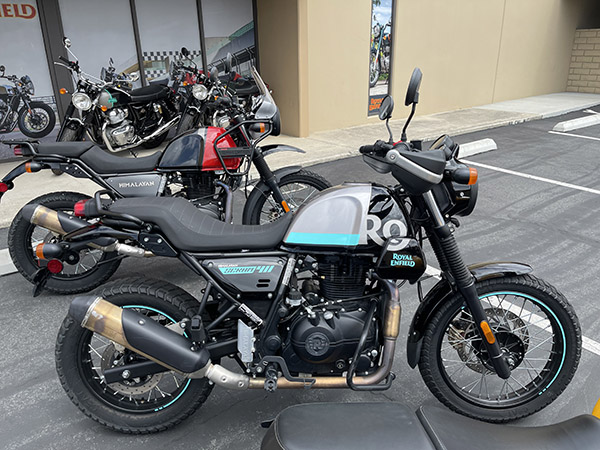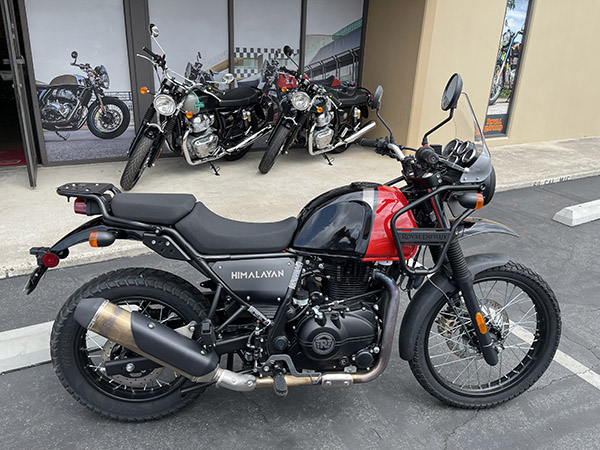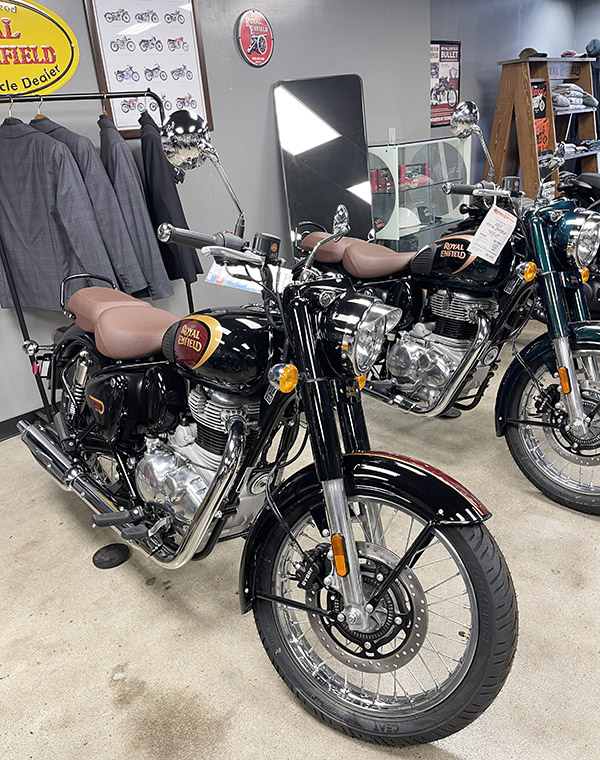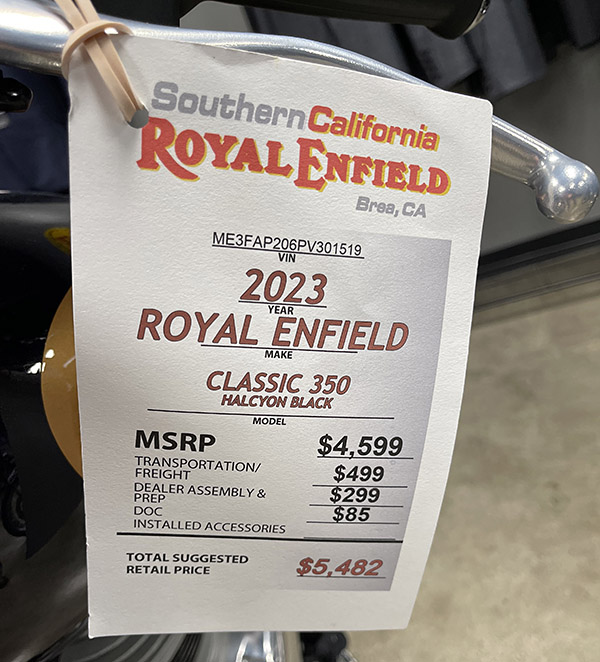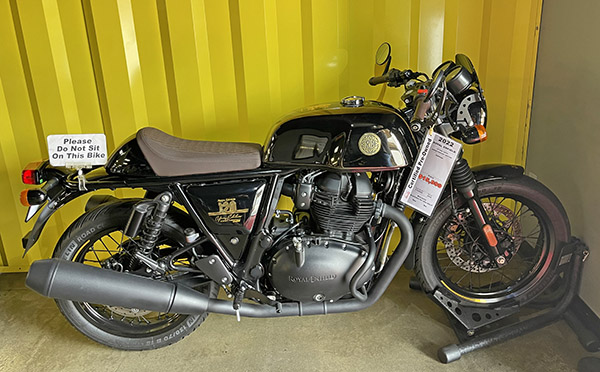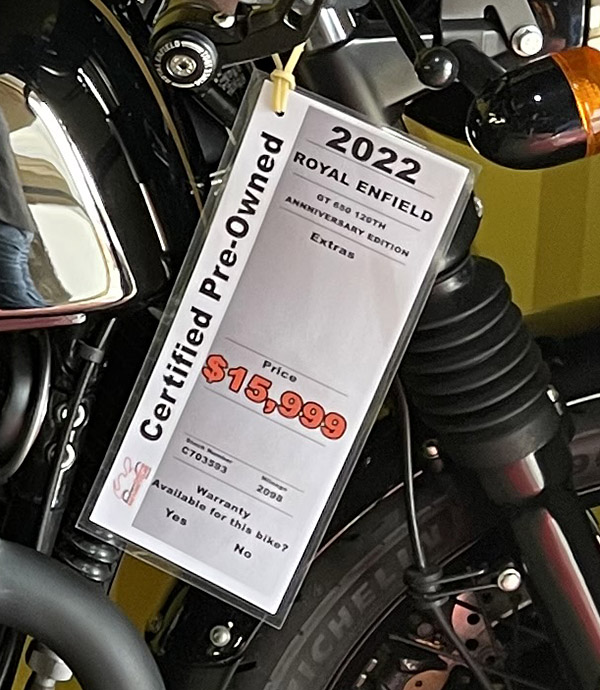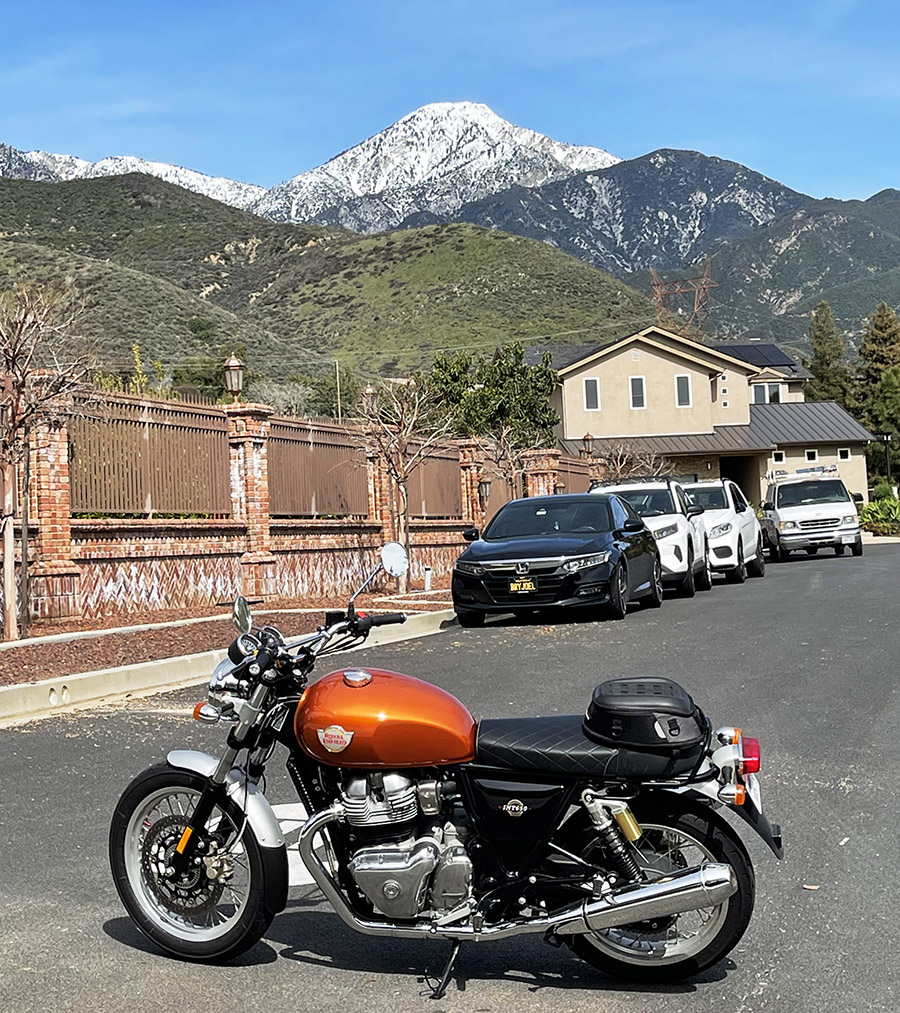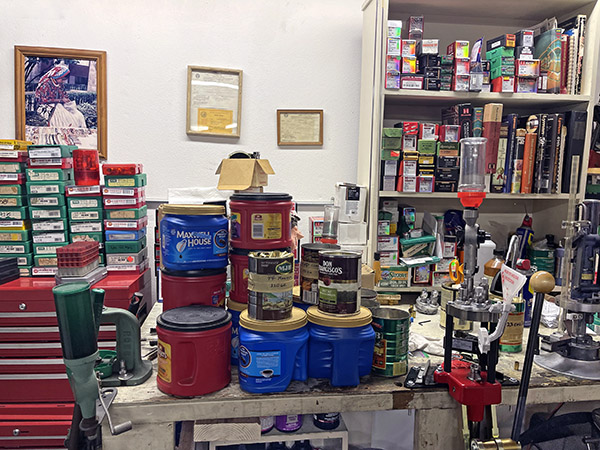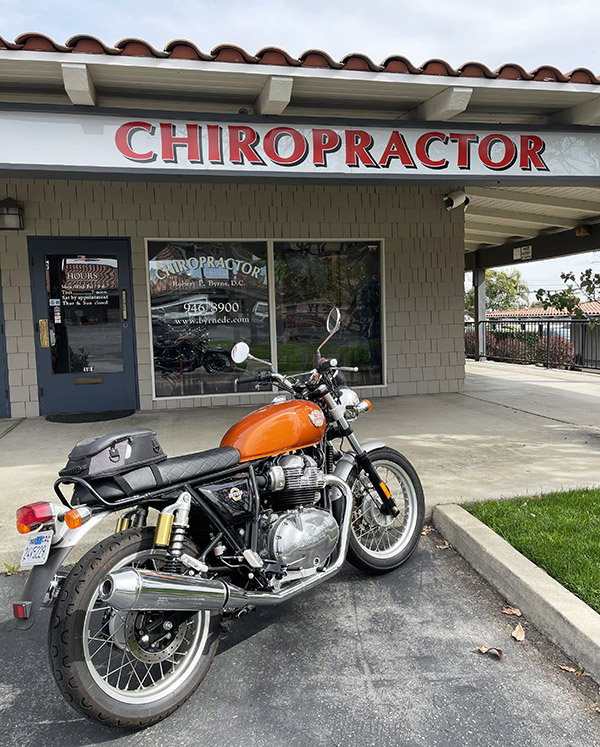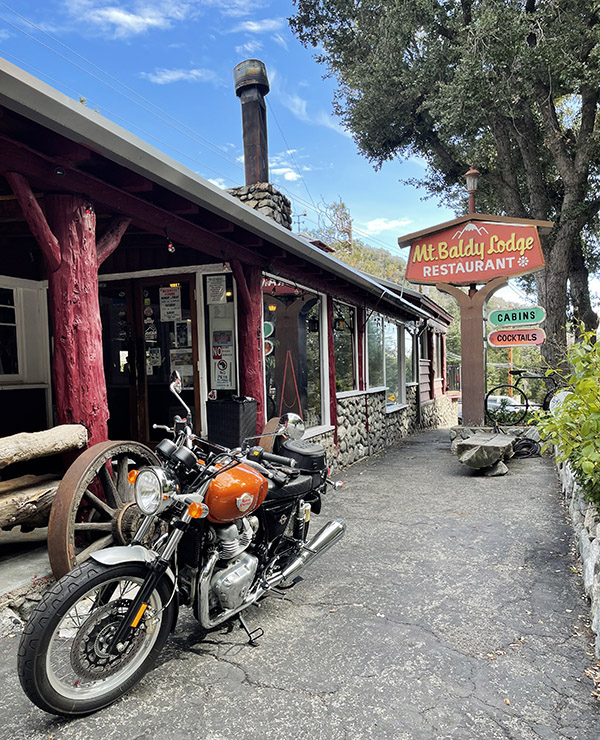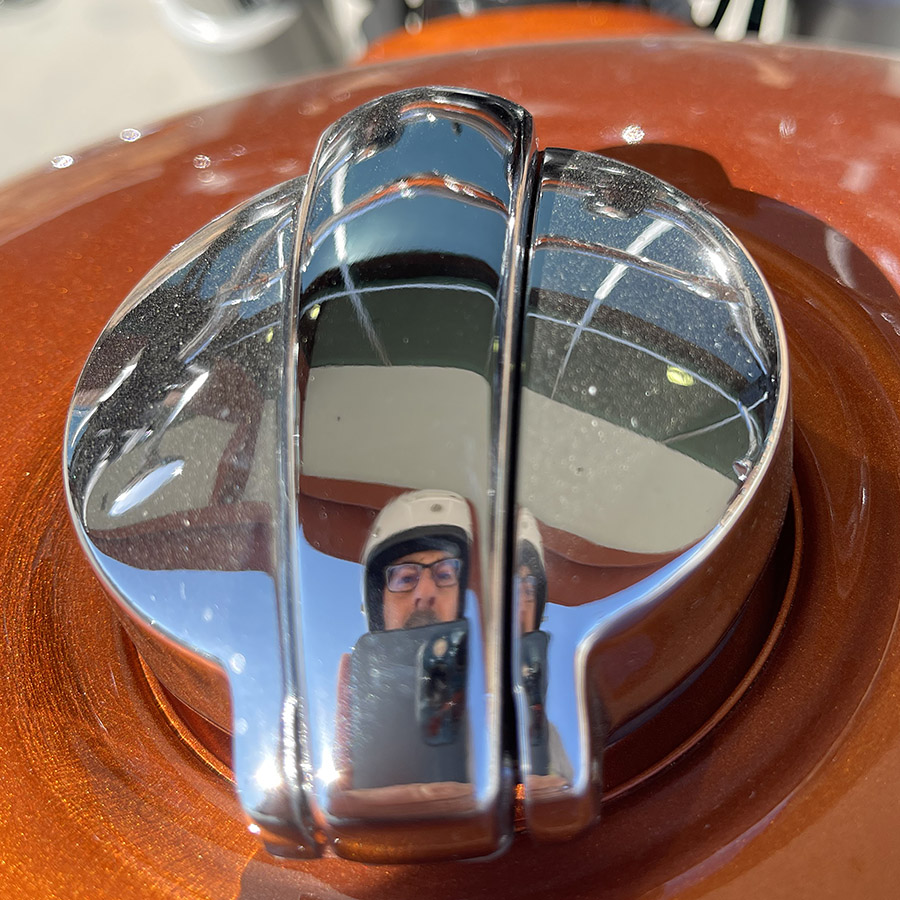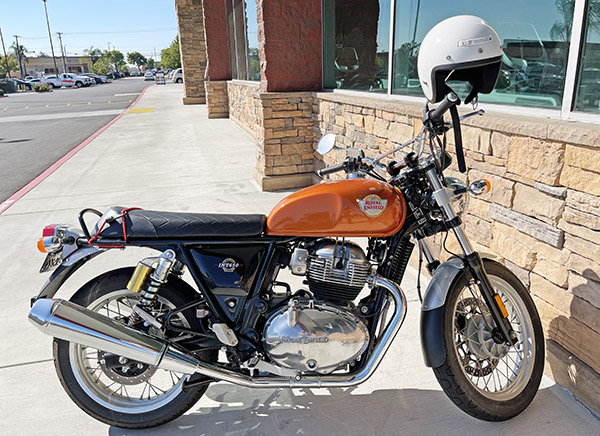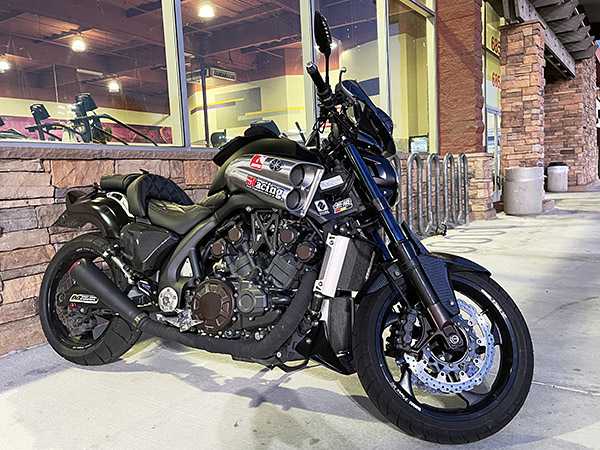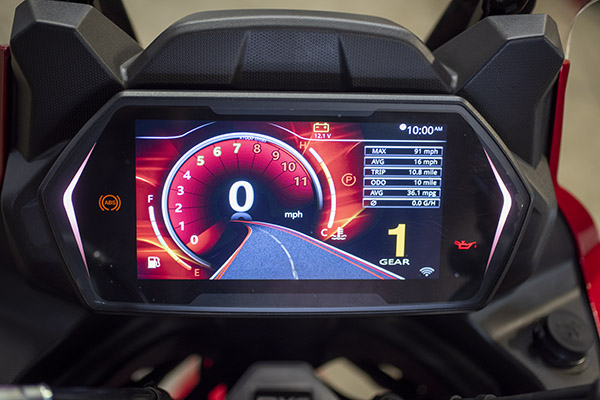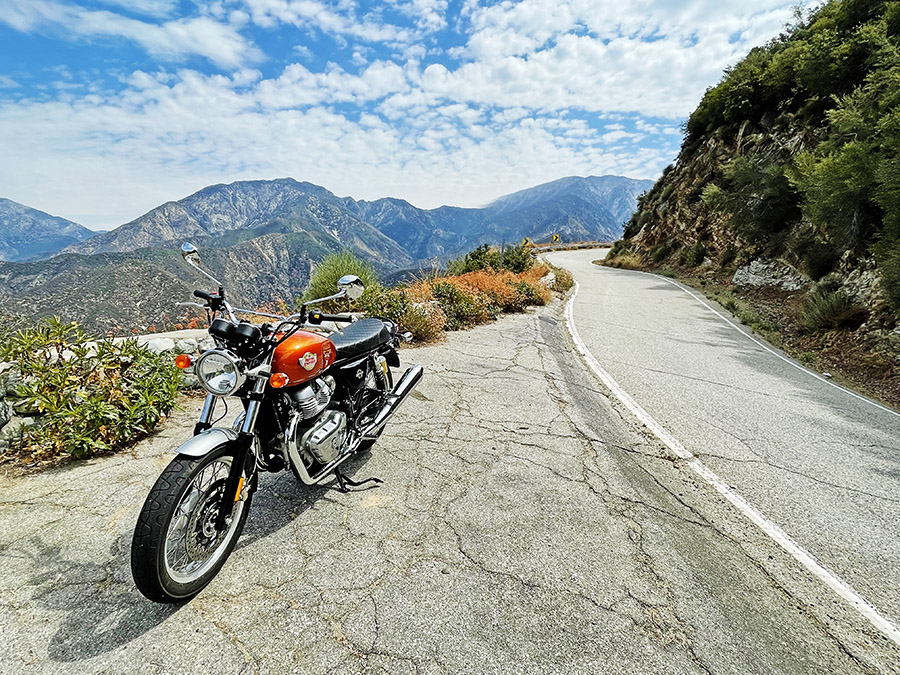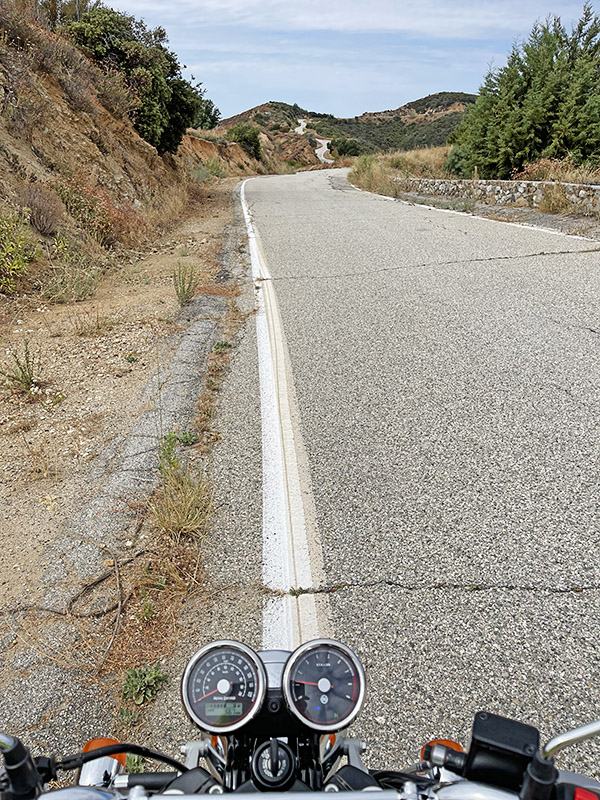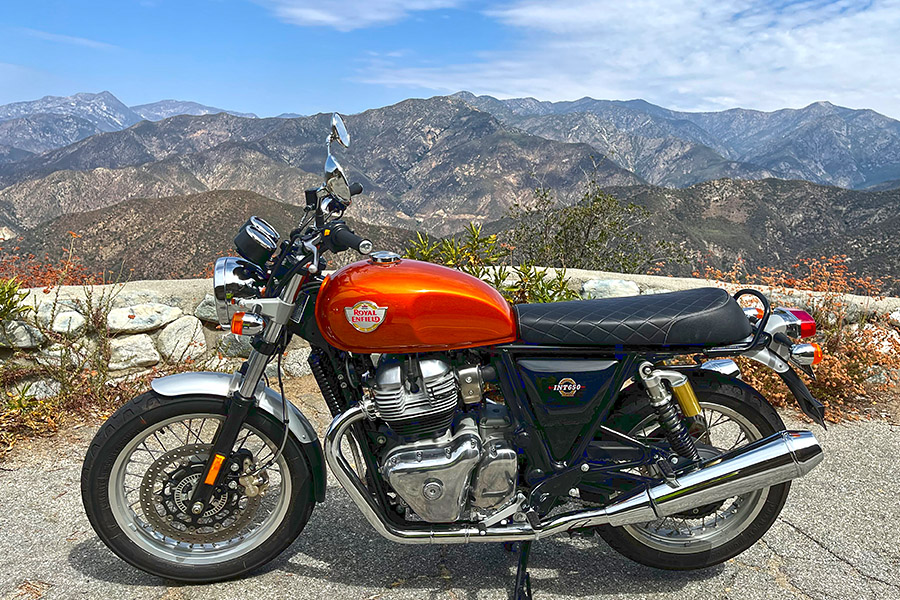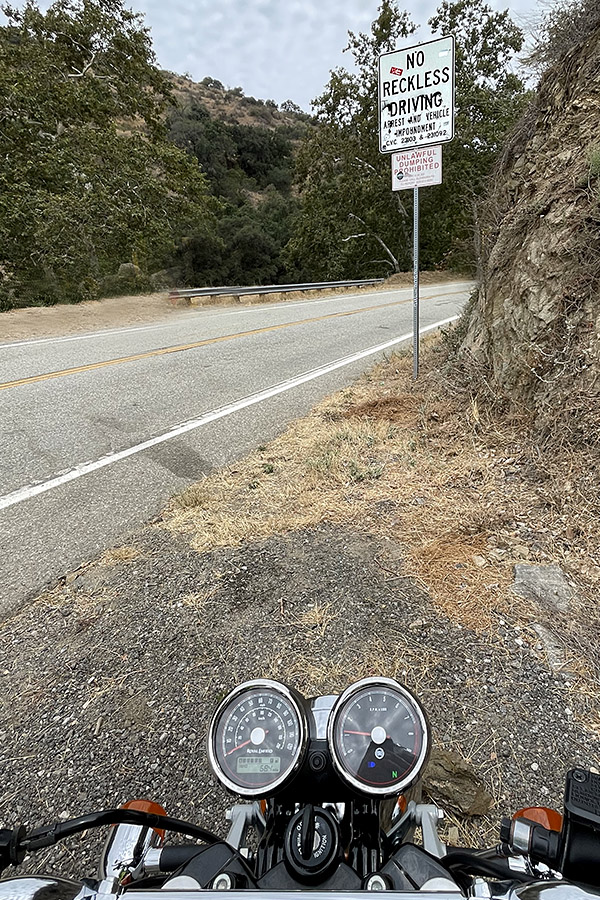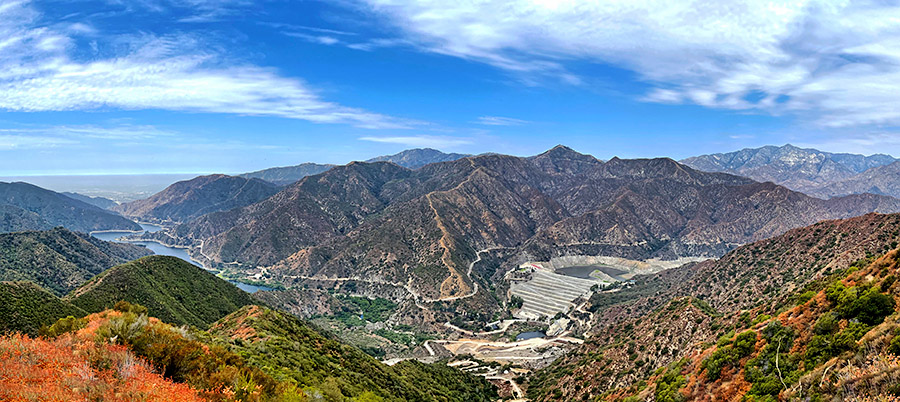By Mike Huber
India Part VIII
Awakening the following morning (still with some uneasiness from our close encounter the previous day), it took more than one coffee to jar us back into the present and rid yesterday’s cobwebs. We had a full day planned and although weren’t rushed, we wanted to get moving to ensure we could fit everything in.
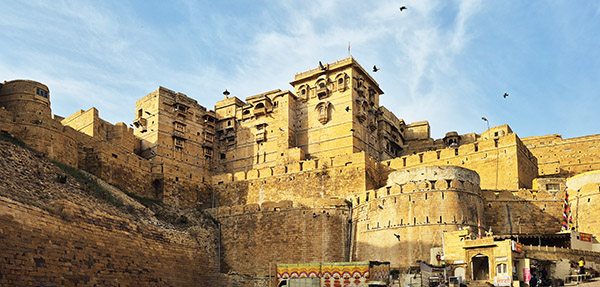
Our first stop was a beautiful fort in Jaisalmer. This was an incredible structure from every angle. Forts in Rajasthan all dominate each city’s backdrop. While this was an incredible location and area, I couldn’t help but notice when we parked one of the guys slyly snuck off and went into a small store. The sign said “Govt. Authorized Bhang Shop.” He returned with what looked like a pile of cookies so I assumed it was just some Indian bakery and didn’t give it any more thought. We took a few photos and then it wasn’t too much longer until we were on our way further north.
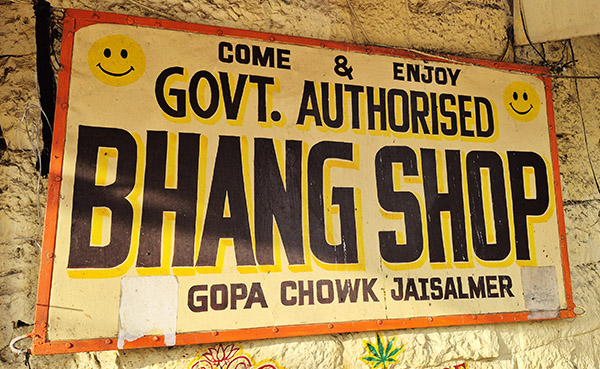 As we continued north we encountered a nasty patch of construction. The construction dragged on for over an hour. There was nothing but breathing in dust, and loose gravel challenging our ability to remain upright. Upon nearing the end we stopped for a quick bottle of water, and we were relieved to see the highway ramp that would take us about 50 kilometers to our destination to wrap up the day. The entertainment at this stop was a guy who was beyond hammered. He could barely stand, much less form any sort of sentence (in English or Hindi). We did our best to ignore him prior to saddling up and making our way toward the highway.
As we continued north we encountered a nasty patch of construction. The construction dragged on for over an hour. There was nothing but breathing in dust, and loose gravel challenging our ability to remain upright. Upon nearing the end we stopped for a quick bottle of water, and we were relieved to see the highway ramp that would take us about 50 kilometers to our destination to wrap up the day. The entertainment at this stop was a guy who was beyond hammered. He could barely stand, much less form any sort of sentence (in English or Hindi). We did our best to ignore him prior to saddling up and making our way toward the highway.
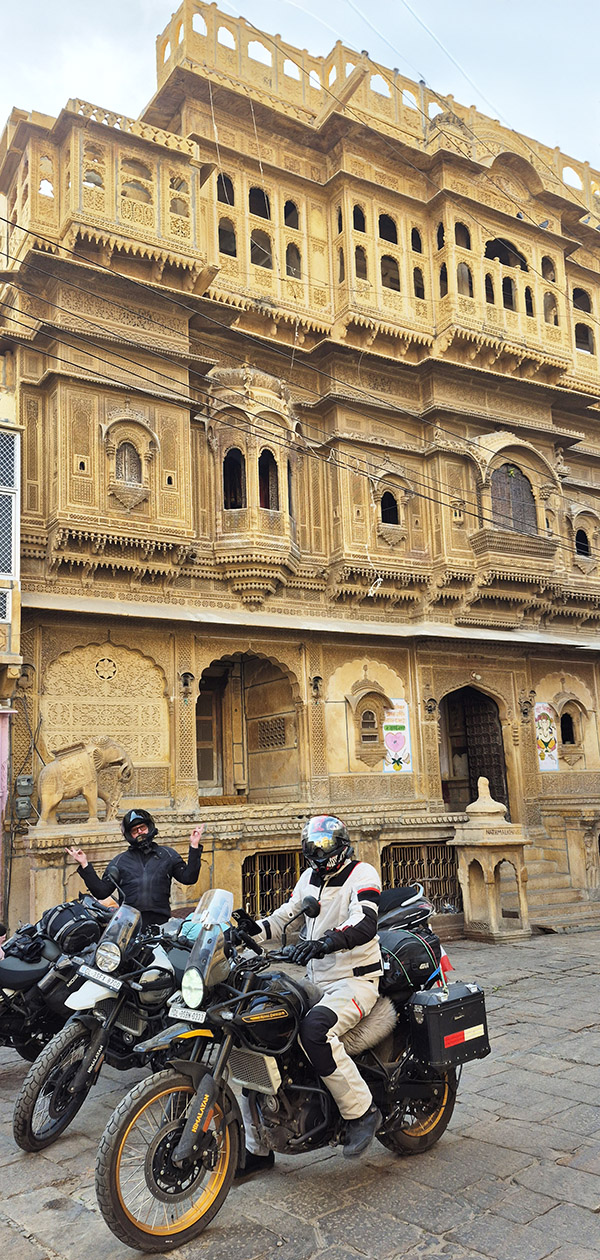
As we approached the entry gate to the highway the person controlling the gate wasn’t going to let us on and I knew right away this was one of those highways where motos were not allowed. Instantly, the thought of having to return for another hour of riding through construction popped into my head, and I could see the same wash over my friends’ faces as well. Just as we were about to concede, who comes stumbling up but the drunk from the rest stop, more animated than ever. He nudged the toll worker aside and raised the gate himself for us to pass under. Just like that, we were on our way.
We were each pretty happy to not be revisiting that construction mess and the highway conditions were pristine. There was minimal traffic with new pavement. Life was good, obviously too good, and I knew that somewhere between our current location and the 50 kilometers we had remaining that we would be paying for this one way or another. I noticed the other vehicles looking intently at us and of course there were no other motos on the highway.
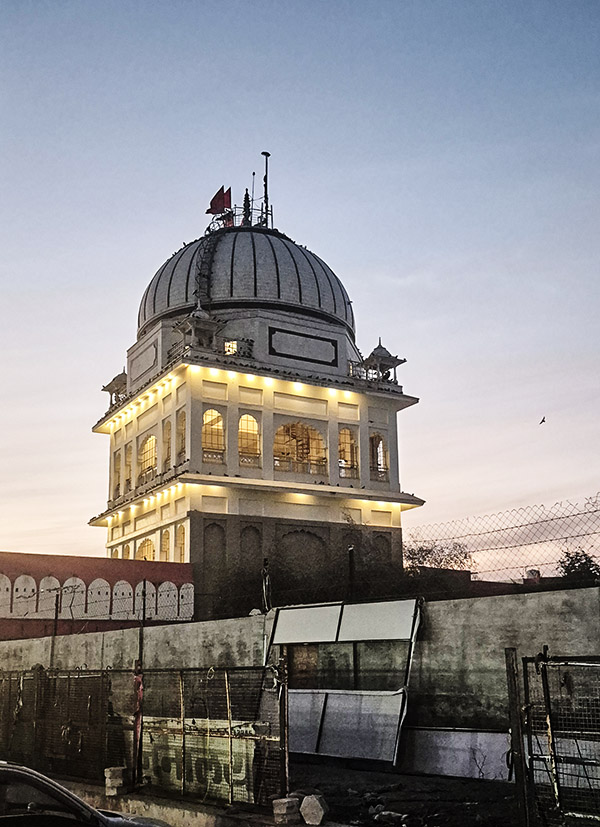
The 50 kilometers went by fast and as we took our exit we saw another gate which was closed and a couple people coming out to “greet” us. They spoke no English but it was clear they wanted us to turn around. Turning around made no sense to any of us. It was like doing the same violation, but twice. After we took turns with our failed attempts to get them to raise the gate (and with turning around a hard no for a solution) we spotted a sidewalk with no gate. This would be our new exit. We quickly took the initiative to exit the highway using the sidewalk. The workers were chasing us with pens and paper in a failed attempt to write our license tag numbers down. What we did sounds a bit dodgy, but I solely blame it on the drunk guy who originally raised the gate. Either way, we made great time, had a story, and to the best of my knowledge, none of us got in any trouble for it. We needed that extra time, too, as it was late in the day and we still had one more Temple to visit: The Rat Temple.
Join our Facebook ExNotes page!
Never miss an ExNotes blog:

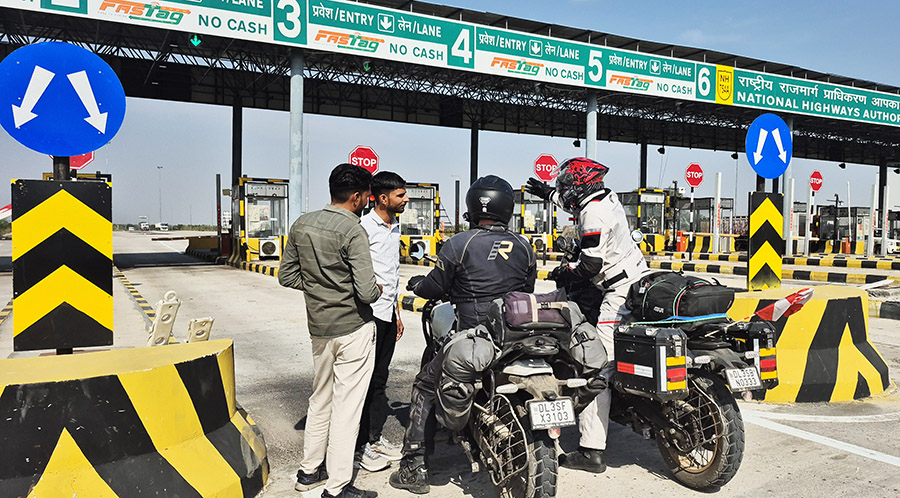

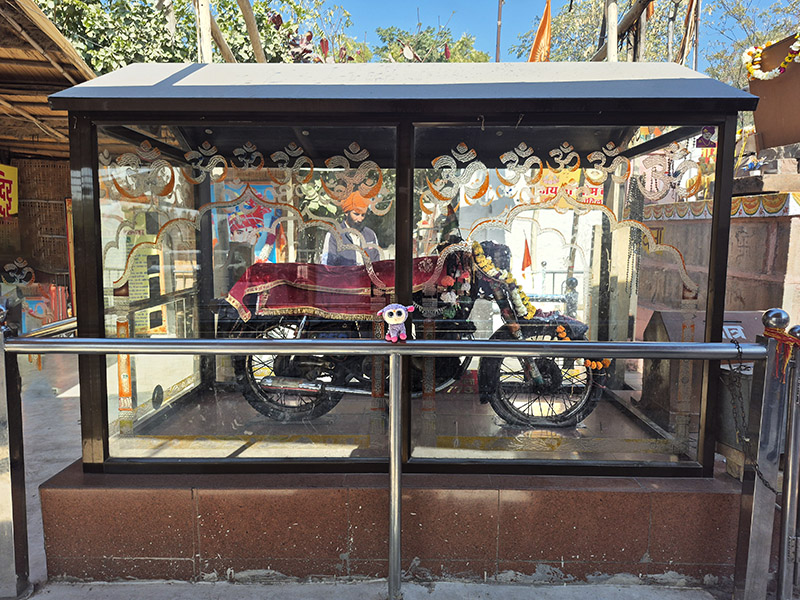
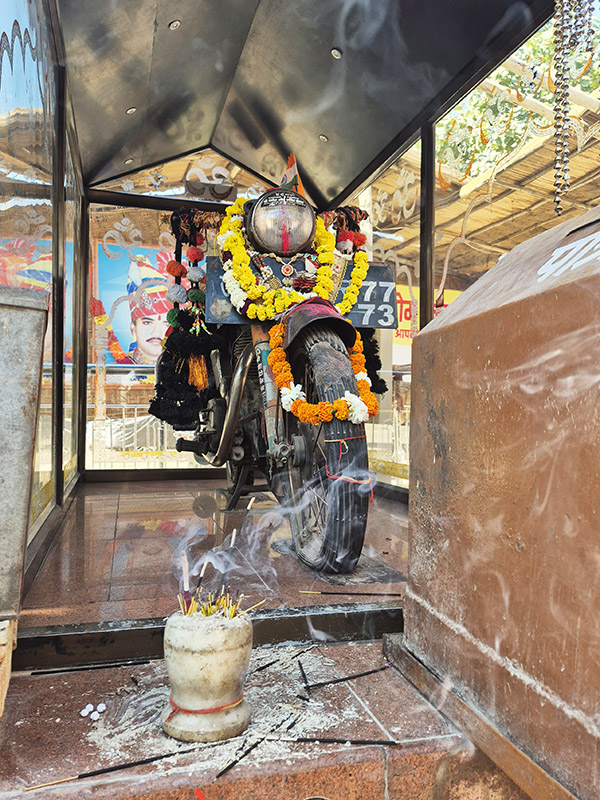
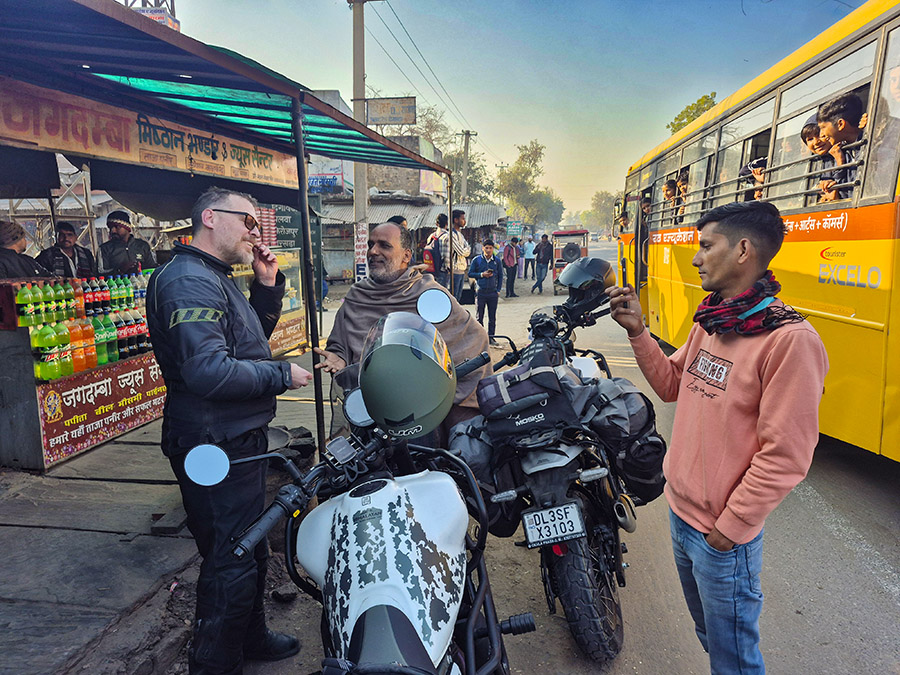
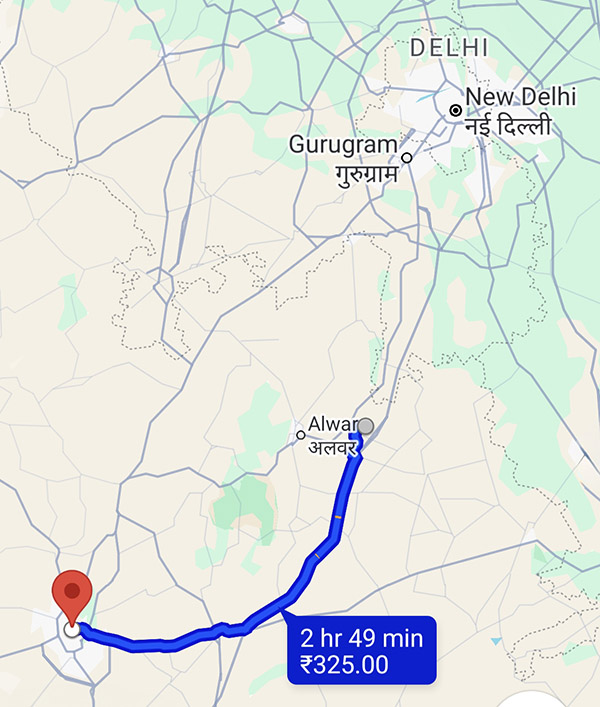
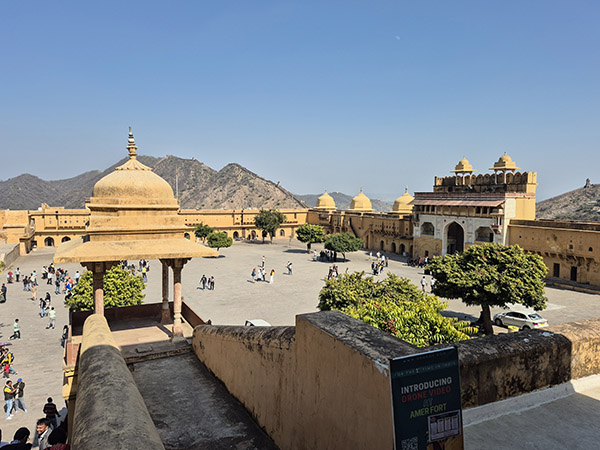 After an hour or so we decided to take a break in a small village and get a few bananas and some water. It only took a couple minutes before most the village came out to meet us all. Even a school bus stopped and let the kids off to check out the bikes and talk with us. It reminded me of my first experience in India 20 years prior. This would become a familiar sight for us with crowds coming up to us to chat and take selfies. They all were the friendliest people. We enjoyed these stops and opportunities to engage with the locals in these little villages that were so far off the maps.
After an hour or so we decided to take a break in a small village and get a few bananas and some water. It only took a couple minutes before most the village came out to meet us all. Even a school bus stopped and let the kids off to check out the bikes and talk with us. It reminded me of my first experience in India 20 years prior. This would become a familiar sight for us with crowds coming up to us to chat and take selfies. They all were the friendliest people. We enjoyed these stops and opportunities to engage with the locals in these little villages that were so far off the maps.